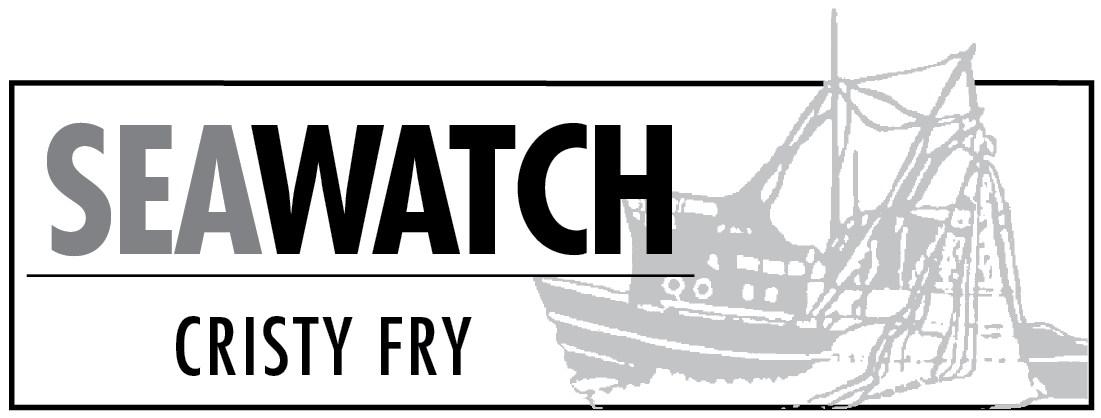Herring season is in full swing, with Sitka Sound already wrapped up, Kodiak opening April 15 and Togiak on the horizon.
The Sitka Sound sac roe herring fishery fell far short of the quota, catching only about two-thirds of the possible harvest, as managers tried to balance catching the fish before they spawned with not overwhelming processors.
The fishery opened March 23, and managers announced the closure on March 29, with 4,700 tons left on the quota after a harvest of 10,000 tons.
It is the third time in six years that the fishery has fallen far short of the quota, with processors and fishermen also complaining about the small fish size this year.
The small size is a result of a large number of three-year-old fish last year, the first year they spawn. That means a large number of fouryear-old fish this year, which is good for future fisheries, but not good for the market this year.
The Kodiak fishery is managed differently from other areas, especially Sitka Sound, with about half of the quota set aside for fishery openings on set days and times that can last for weeks.
The other half is caught in four seine areas that are harvested for quality with a roe maturity of at least 11 percent. This part of the fishery will see the more traditional openings by emergency order depending on roe maturity.
The overall quota is 1,670 tons for Kodiak.
The quota for Togiak is 28,782 tons, with 20,148 tons going to seiners and the rest to gillnetters.Four processors have announced plans to buy Togiak herring, which are typically larger than fish elsewhere in the state.
The Alaska Department of Fish and Game is expecting 21 seiners and three gillnetters, and as in past years, is expecting to give fishermen liberal time and areas to fish and allow them to coordinate with their processors to determine when they want fish.
One change this year is that seine and gillnet openings are not coupled, a change made at this year’s Board of Fisheries meeting.
Before that, managers structured openings so that both gear types caught the first 50 percent of their quotas relatively evenly, in order to give everyone a fair shot at the fish. A lack of interest from gillnetters in recent years caused the change.
There are no indications that the price will be any better than last year, which saw processors paying $50 per ton.
Cristy Fry can be reached at realist468@gmail.com.


